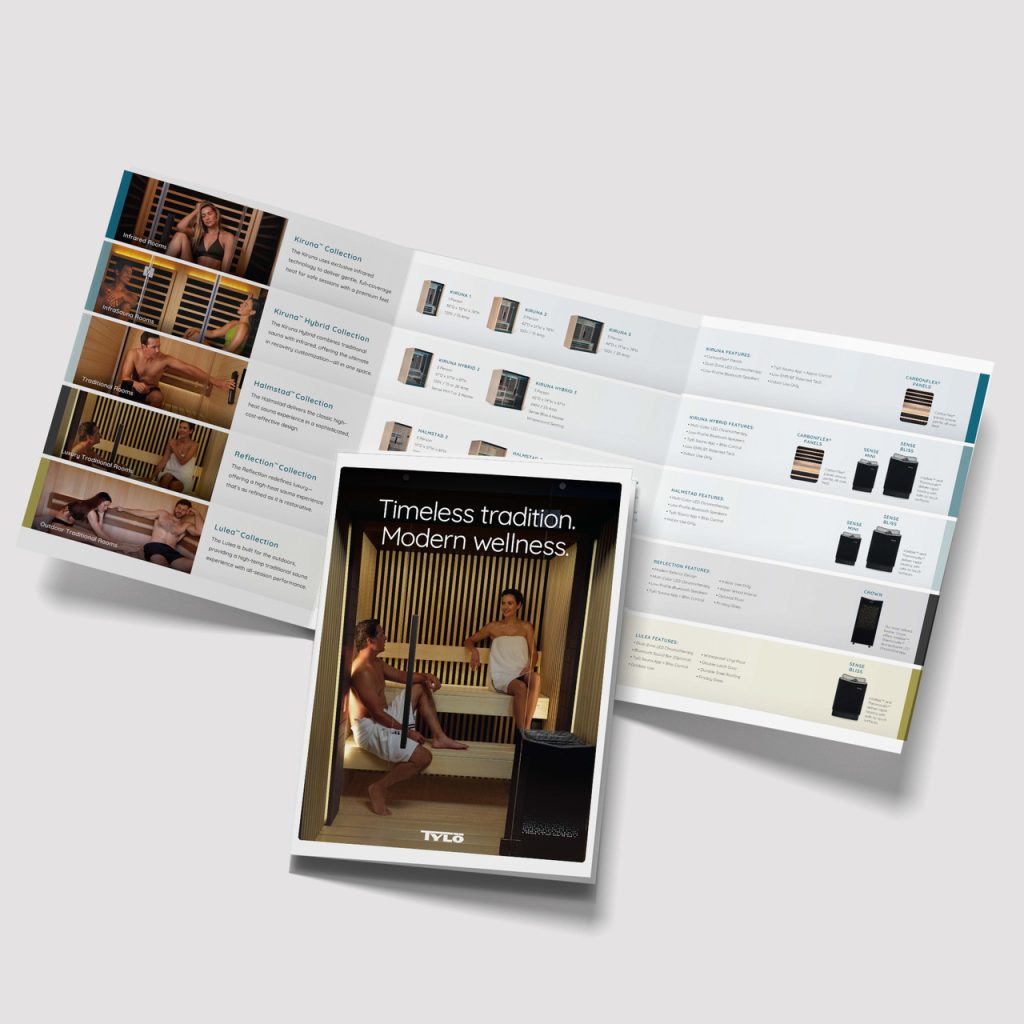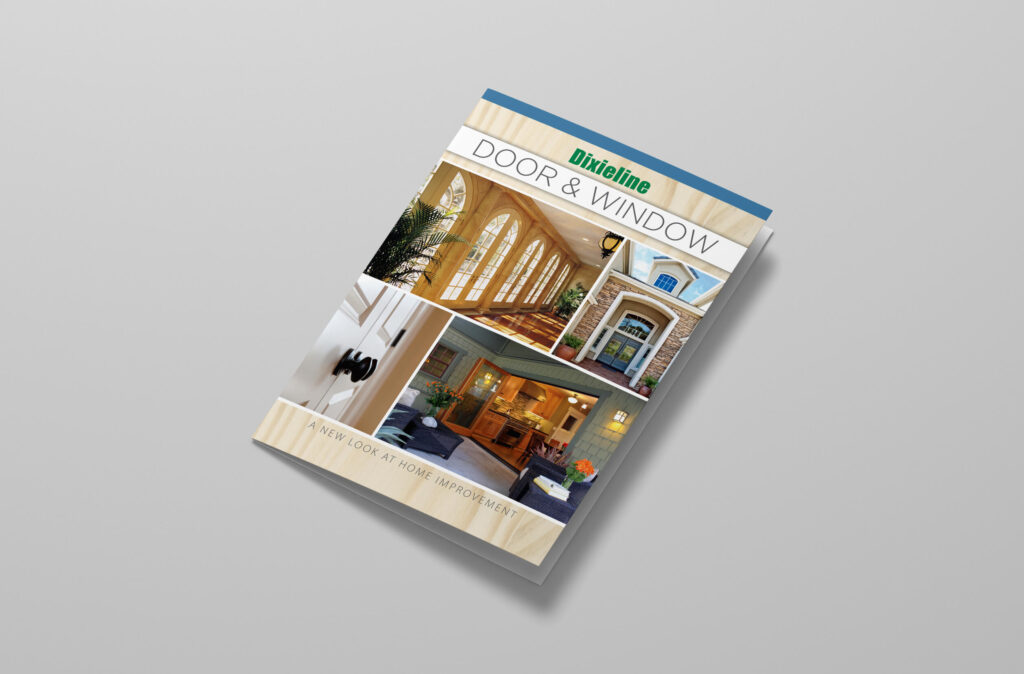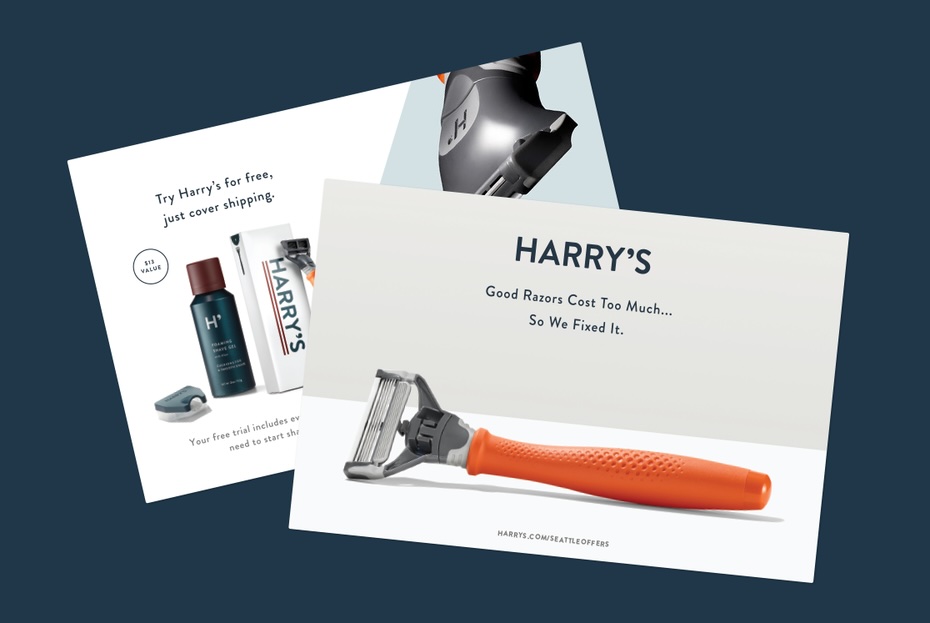At STiCKi, we’ve been at the forefront of the printing industry for years, and we’ve witnessed a noticeable shift. There was a time when businesses moved away from print marketing in favor of digital ads, which were seen as cheaper and more convenient. But now, print is making a big comeback. Many of our clients are rediscovering the effectiveness of print marketing and finding it to be a more cost-efficient way to reach their audience, especially as digital advertising costs continue to rise.
So, why is print marketing still relevant in 2025?
Print Builds Trust and Engagement
One of the most powerful aspects of print marketing is its physical nature. When a customer receives a brochure, flyer, or direct mail piece, they can hold it, touch it, and even store it for future reference. This physical interaction creates a level of engagement that digital ads can’t replicate. Consumers are more likely to interact with and remember print materials because they can physically touch them and keep them for later.
Brochure printing, in particular, allows brands to share their story in a way that feels personal and tangible. Printed materials have a lasting presence, unlike digital ads that can be skipped, blocked, or ignored. Brochures, catalogs, and postcards can be kept around, displayed on desks, or passed along to others, extending the life of your marketing message.
Research has shown that people trust printed materials more than digital ads. While digital advertising can feel intrusive or overly promotional, print ads often seem more authentic and less pushy. This sense of trust is crucial for building long-term customer relationships. Brands that use print marketing are able to create a stronger, more genuine connection with their customers.

Print Marketing Offers Longevity
Another reason print marketing is making a strong comeback is its longevity. While digital ads might be viewed for just a few seconds before being scrolled past or ignored, printed materials have staying power. Brochures, business cards, postcards, and flyers can be kept and referenced long after they are first seen. A well-designed brochure can live on a customer’s desk, in their home, or in a drawer, ready to be pulled out when needed.
The shelf life of print marketing materials makes them a valuable investment for brands. Commercial print materials, unlike digital ads, do not disappear as soon as they are viewed. They continue to deliver your message over time, offering more value for your money in the long run.

Print Is More Cost-Effective Than Digital Ads
With the rising costs of digital advertising, many businesses are discovering that print marketing offers a more affordable option. Online advertising platforms like Google Ads, Facebook Ads, and Instagram Ads are becoming more expensive as the competition for ad space grows. Many companies are finding it increasingly difficult to achieve the same return on investment from digital ads.
Print marketing, on the other hand, can offer a more cost-effective alternative. While there is an upfront cost associated with producing printed materials like brochures, catalogs, or flyers, they offer lasting value. A well-executed print campaign can generate leads and drive sales long after the materials are distributed. Unlike digital ads, which require ongoing investments, print materials can continue to work for you over time, often leading to a higher return on investment (ROI).
For local businesses or companies targeting specific demographics, print marketing allows you to focus on a targeted, personalized approach. Direct mail campaigns, for example, can be highly targeted, ensuring that your message reaches the right audience in a way that digital ads often can’t.

STiCKi’s Experience with Print Marketing
At STiCKi, we’ve seen the resurgence of print marketing firsthand. As digital marketing costs rose, many of our clients started turning back to print as a way to get more out of their marketing budgets. Brochure printing, in particular, has become an essential part of their marketing strategies. Our clients are finding that print materials allow them to stand out, build trust, and engage with customers in a way that digital ads simply can’t.
Brochures, in particular, are a powerful tool for storytelling. Whether you’re promoting new products, explaining your services, or sharing your brand’s values, brochures give you the space to tell your story in a clear and impactful way. Brochure printing also allows for creative design elements, high-quality imagery, and bold text that help your brand make a lasting impression.
Many of our clients have found that print marketing isn’t just about the materials themselves—it’s about how those materials make customers feel. A well-designed brochure or flyer can help a brand communicate professionalism, trustworthiness, and attention to detail. In a world where customers are constantly bombarded with digital ads, print materials stand out as a refreshing and valuable way to connect.

The Future of Print Marketing
While digital marketing will continue to be a key component of many businesses’ strategies, print marketing is far from dead. In fact, it’s thriving in a world of digital overload. Commercial print offers brands a unique opportunity to engage with their audience in a way that is both personal and lasting. Whether it’s through brochure printing, direct mail campaigns, or custom print materials, print marketing provides a tangible, effective means of communication that digital ads simply cannot match.
As the cost of digital advertising continues to climb and competition for online space increases, print marketing is becoming a more valuable tool for businesses looking to stand out and build deeper connections with their customers. At STiCKi, we believe that print marketing is here to stay, and we’re excited to see more brands embrace the power of print in their marketing strategies. Whether you’re looking to design a brochure, produce high-quality business cards, or launch a direct mail campaign, print marketing remains a key part of a successful, well-rounded marketing plan.



